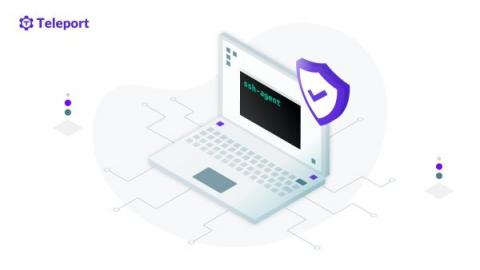Insider Threat Indicators and Detection: When Employees Turn Ransomware Accomplices
Late December 2021: A company coming off a record year for revenue growth was preparing to ramp down for a week to celebrate the December holidays. However, unbeknownst to the company, just a few days prior, one of its longest-serving employees had been recruited by a ransomware group. The employee had responded to a posting on a computer hacking forum asking for access to corporate networks in return for cash payouts.











